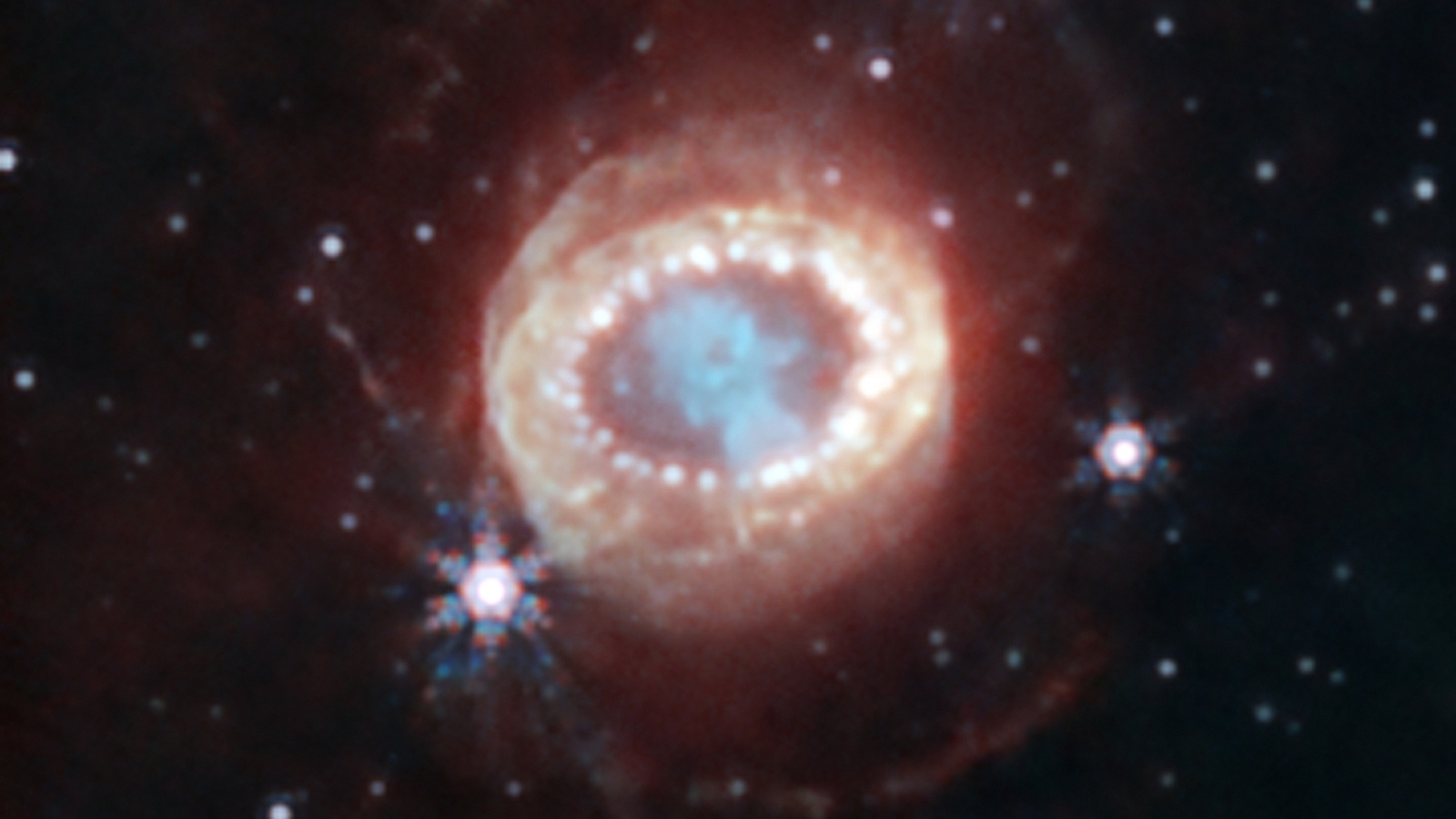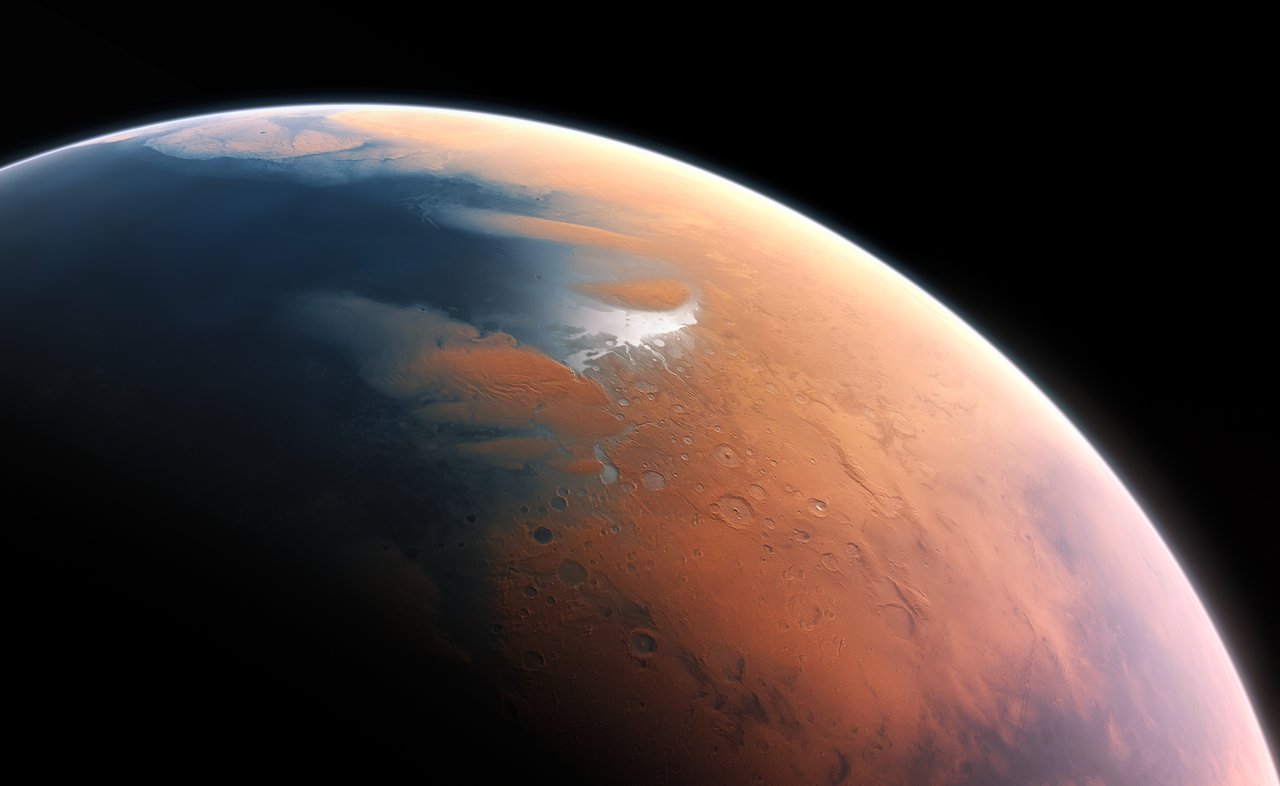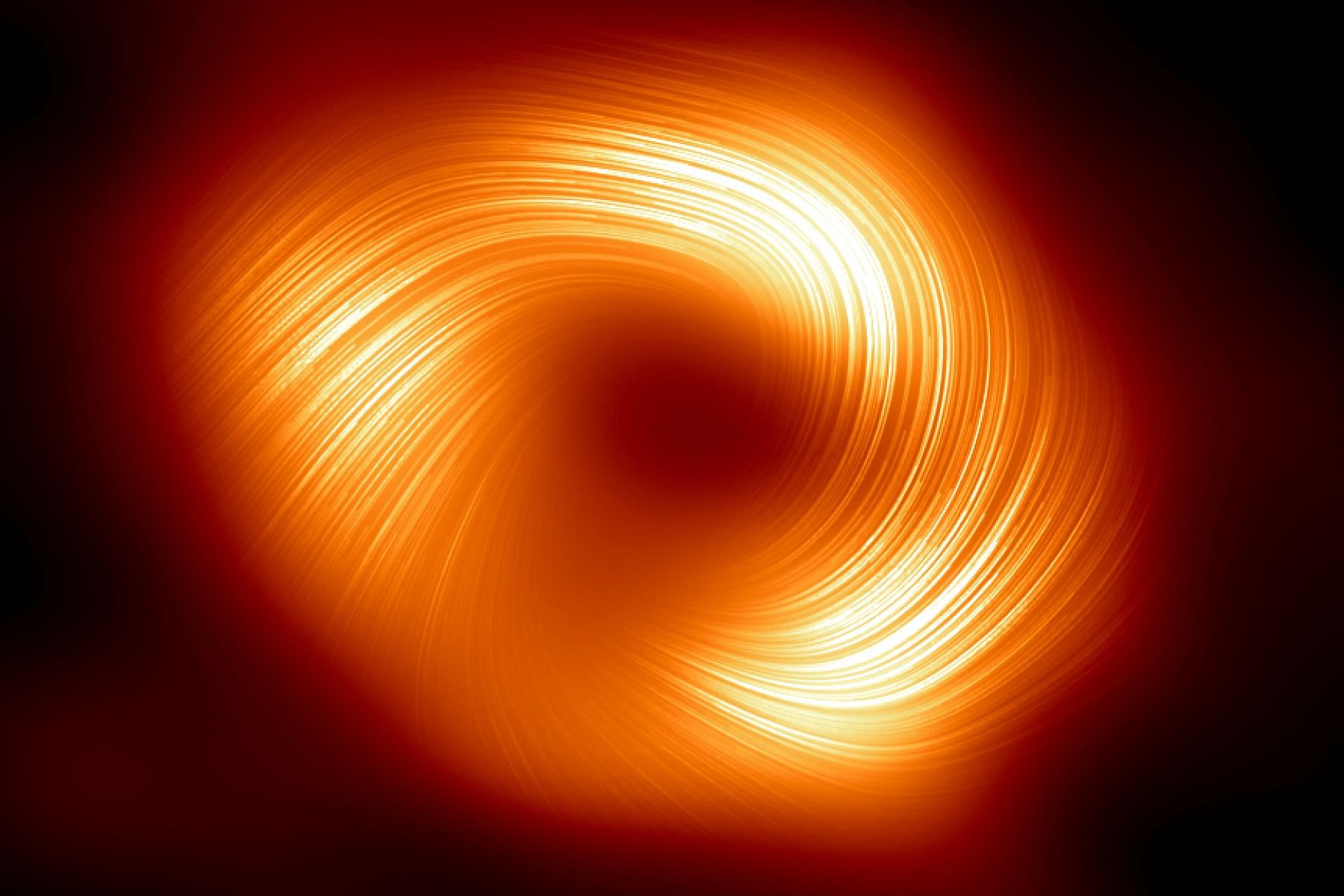Europa, one of the four Galilean satellites of Jupiter is one of the most intriguing locations in the Solar System to search for life. However, its subsurface oceans are buried beneath thick layers of ice making exploration difficult. To explore its oceans, scientists have suggested using small swimming robots capable of penetrating the icy shell. Recently, NASA engineers tested prototypes designed to operate as a swarm, enabling them to explore the mysterious sub-ice oceans on Europa and other icy worlds in the Solar System.
Continue reading “Testing the Robots that Might Explore Europa”Testing the Robots that Might Explore Europa










